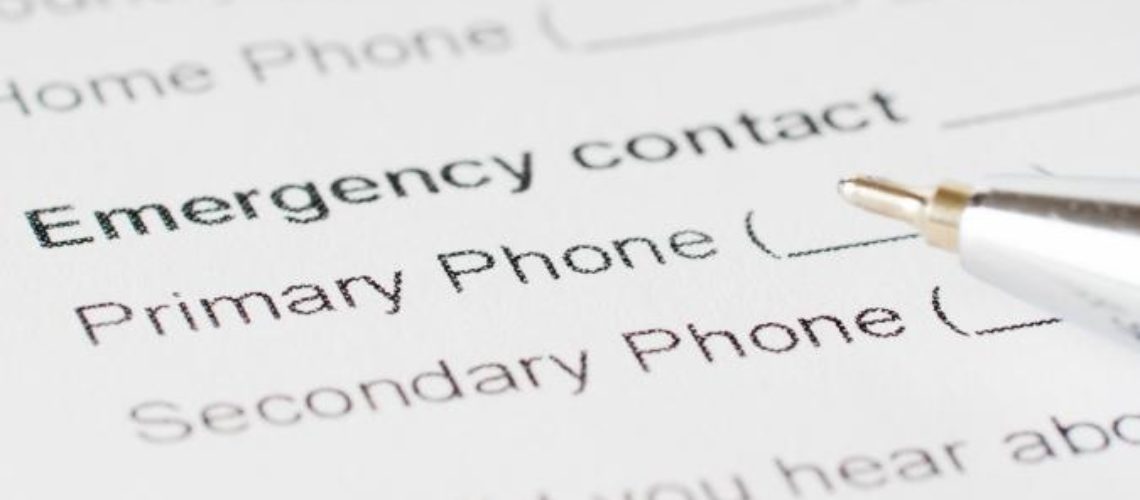Emergencies have a way of identifying the cracks in the best-laid plans. Fire, floods, cyclones and now viruses!
The events of the last three months are certainly a timely reminder to us all of the emergency management responsibilities we hold as operators of retirement communities.
The start of the year is a great time to step back and review. Are our resources and plans ‘emergency ready’ and up to the level community expects?
Here is a quick checklist of some of the activities and resources you can review:
- Training calendar requirements – first aid, CPR, fire warden, OHS/WHS
- Check first aid kits are in date and fully stocked, plus set up a reminder to check them bi-monthly, or after use, PLUS additional items required – masks, water etc.
- Service/check defibrillators
- Emergency/Fire warden training – for staff and volunteer residents where appropriate
- Test emergency/fire systems and setting up a regular schedule of testing
- Recheck access and egress requirements
- PEEPS – ‘Personal emergency evacuation plans’ should be reviewed for residents needing emergency services assistance and other priorities
- Emergency drill scheduling – how often, how to encourage attendance, appropriate notice of the drill
- Emergency lighting – check exit, solar, torches, battery-powered alternatives
- Review of Emergency procedures – especially focus on limited or no power/internet/phone communications
- Recheck exit accessibility – and alternate route maps
- If the community is not safe to stay, what is the procedure to inform relatives, PLUS how will you communicate once it is safe to re-enter the community?
- Understand and have a plan to use social media/websites in communication, to reach families and others
For some states, like NSW, this style of preparation is mandated – it must be done, and you must register and record all events.
If you have been through an ‘emergency’ and have learnings about reviewing resources and plans, please don’t hesitate to be in touch and I would be only too pleased to share them.

